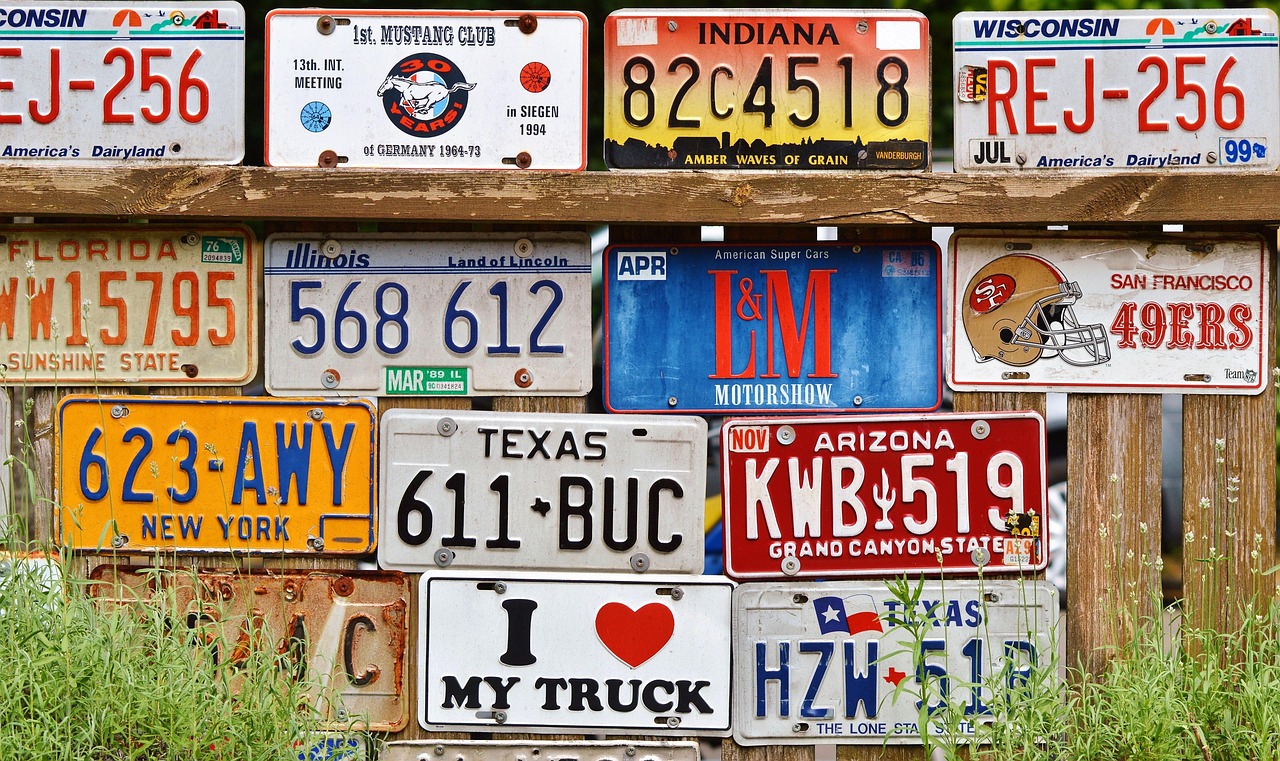Traditional license plates have been pretty standard for so many years. But then, with the growing digitalization of the automotive sector, digital license plates (DLPs) have started to come into the picture. These electronic variants of typical steel plates also present various advantages, including update information in real-time, trackability, and better security. Nevertheless, there are issues with cost, privacy, and regulatory issues that come with digital plates.
This article looks at the rise of digital license plates, the benefits, and the issues that drivers, businesses, and policymakers face.
What Are Digital License Plates?
Digital license plates are electronic displays that are used instead of the conventional metal plates. They are made of e-ink or LCD and may be connected to a main system through the internet or mobile network. These plates are capable of providing real time updates and remote customization along with other security features.
Digital license plates are currently being tested and adopted in a few regions including California, Arizona and Michigan of the United States. With technology enhancing and laws changing it is possible that more areas may begin to use these plates in the future.
Benefits of Digital License Plates
Digital license plates are better than traditional plates in many ways including the convenience, security and efficiency. Some key benefits include:
- Enhanced Security and Anti-Theft Features: Digital plates can display messages like ‘Stolen’ or ‘Invalid Registration’ which can help police to spot suspicious vehicles easily. GPS tracking helps the vehicle’s owner to know the location of the car in case it gets lost or stolen.
- Remote Updates and Customization: Traditional plates need physical renewal stickers, but digital plates can update registration info on their own. People can use approved messages to customize the plate’s display like corporate branding for fleet vehicles.
- Greater Vehicle Management for Businesses: Fleet owners and rental companies can easily track their vehicles and manage registrations conveniently. Digital plates are integrated with telematics systems to give real time information on vehicle health and required maintenance.
- Potential for Smart City Integration: Digital plates can link with smart city infrastructure including traffic management systems to enhance the use of the roads. They may be used for automatic tolls or parking fees without the need for other hardware.
While these benefits present a rather strong argument for digital license plates, there are some issues that need to be solved before they can be implemented on a mass scale.
Pro and Cons of Digital License Plates
Despite the benefits that can be derived from digital license plates, there are still some problems that need to be taken into consideration. The main issues are:
Cost and Longevity: Digital plates are much more expensive than the conventional metal plates; some models have been known to cost several hundred dollars. It also means that there are likely to be higher costs in repair and replacement due to software issues and possible hardware failures.
Privacy Issues and Data Safety Risks: The tracking of a vehicle, however, raises issues on the issue of surveillance and privacy of the individual. If unsecured, digital license plates are prone to tampering, which may result in wrong information displayed on the plate or monitoring of movements that are not authorized.

Legal Framework and Standards: Digital plates are still subject to current traffic rules and vehicle registration requirements that differ from one place to another.
Not all the states or countries have set rules for digital plate usage, hence the delay in their implementation. Technical Failures and Dependability Problems Traditional plates do not need any form of power to function while digital plates require it thus raising issues with the battery life. Some of the other factors that may affect their performance include extreme conditions such as heat, rain, or snow.
The Future of Digital License Plates
Digital license plates are likely to become more high-tech, affordable and acceptable in the future. Vendors are currently working hard to enhance these plates to make sure that they can withstand the current security requirements, be more durable and fit in well with other vehicle systems. Current issues regarding hacking and data security are addressed by improving the encryption techniques and cyber security measures. Also, improvements in the battery technology are good to enhance the durability of the digital plates and make them more efficient in different weather conditions.
The use of digital plates is also being promoted by government and regulatory authorities. More states and countries are considering pilot projects and legislation that would allow digital license plates to be incorporated into regular vehicle registration procedures. In the process of digitization, the laws are also being updated to define the usage of digital plate, to meet the requirements of road safety and privacy while ensuring that there is a correct balance between the two in terms of security.
Over the next few years, the use of digital license plates can change the way of vehicle management. Future applications may entail their application in conjunction with self-driving cars to communicate in real time with smart traffic infrastructure. Moreover, they may display real-time information including weather forecast, road blocks, or emergency messages to inform other drivers and reduce chances of accidents.
Digital license plates are still in the developmental stage, but their effects on the automotive industry are evident. As costs decrease and technology continues to develop, more people and businesses may decide to use digital plates, thus starting a trend of changing vehicle identification techniques around the world.
Digital license plates are a big step in the evolution of vehicle identification, integrating security, automation, and smart connectivity into one modern system. These plates are capable of improving vehicle tracking, fighting fraud, and streamlining processes that involve the administration of remote updates and real-time monitoring of vehicles. But its implementation is not without issues, such as the problem of cost, regulatory and technical issues, and public perception including issues to do with privacy. The expense of implementing and maintaining digital plates is much higher than that of the traditional kind, which creates a barrier to their widespread adoption.
Also, the issue of data security and how to prevent unauthorized access to the vehicle tracking features is an issue that needs to be addressed. Digital license plates may not completely replace traditional plates right away, but they are a significant step toward a future in which vehicle registration and management are fully digital and integrated into the landscape of smart mobility systems.


